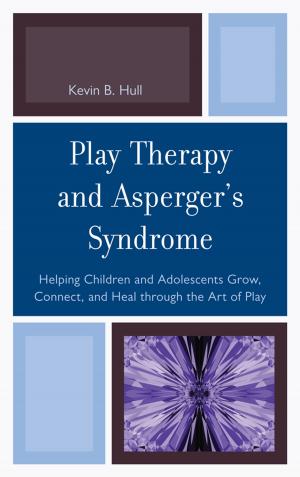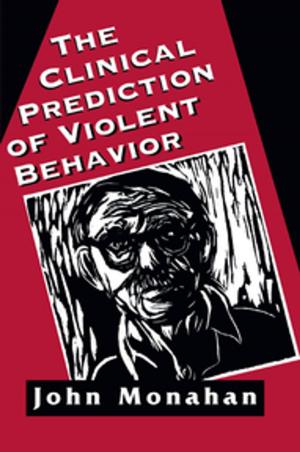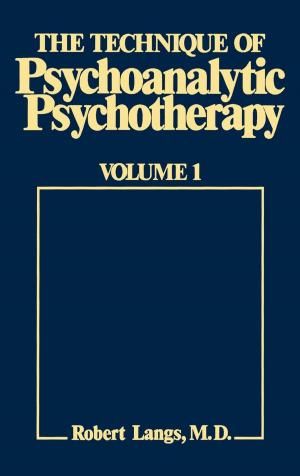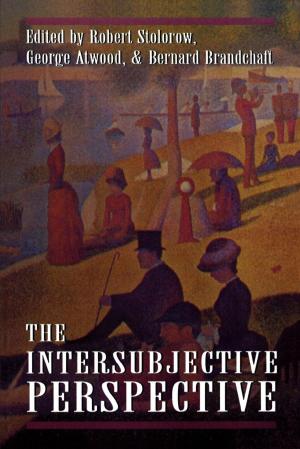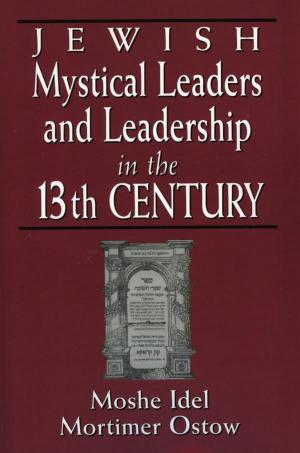Dialogue Concerning Contemporary Psychodynamic Therapy
Nonfiction, Health & Well Being, Psychology, Education & Training, Clinical Psychology| Author: | Richard D. Chessick | ISBN: | 9781461735458 |
| Publisher: | Jason Aronson, Inc. | Publication: | July 7, 1977 |
| Imprint: | Jason Aronson, Inc. | Language: | English |
| Author: | Richard D. Chessick |
| ISBN: | 9781461735458 |
| Publisher: | Jason Aronson, Inc. |
| Publication: | July 7, 1977 |
| Imprint: | Jason Aronson, Inc. |
| Language: | English |
In this unique book, Dr. Richard Chessick asks questions about psychotherapy and answers them. Engaging readers in a dialogue between a senior psychodynamic clinician and novice mental health professionals, one with a particularly medical-biological approach to psychological problems, Dr. Chessick demonstrates how dynamic therapy works and explains the current controversies in the field.
Specifically, the discussion—modeled on Galileo's "Dialogues Concerning the Two Chief World Systems"—considers the significance of memories and early experiences, the therapist's input, curative factors, differentiating psychoanalysis and psychotherapy, interpretation, treatment impasse and failure, idealization and transference, borderline states, object relations theories, and the future of the field. Alternative points of view and unresolved issues are highlighted, along with many useful tips for successful clinical practice and case vignettes.
This book brings readers to the cutting edge of current thinking in the theory and practice of intensive psychodynamic psychotherapy and highlights the kinds of concerns and problems that are faced by beginning and advanced students as well as seasoned clinicians.
In this unique book, Dr. Richard Chessick asks questions about psychotherapy and answers them. Engaging readers in a dialogue between a senior psychodynamic clinician and novice mental health professionals, one with a particularly medical-biological approach to psychological problems, Dr. Chessick demonstrates how dynamic therapy works and explains the current controversies in the field.
Specifically, the discussion—modeled on Galileo's "Dialogues Concerning the Two Chief World Systems"—considers the significance of memories and early experiences, the therapist's input, curative factors, differentiating psychoanalysis and psychotherapy, interpretation, treatment impasse and failure, idealization and transference, borderline states, object relations theories, and the future of the field. Alternative points of view and unresolved issues are highlighted, along with many useful tips for successful clinical practice and case vignettes.
This book brings readers to the cutting edge of current thinking in the theory and practice of intensive psychodynamic psychotherapy and highlights the kinds of concerns and problems that are faced by beginning and advanced students as well as seasoned clinicians.


